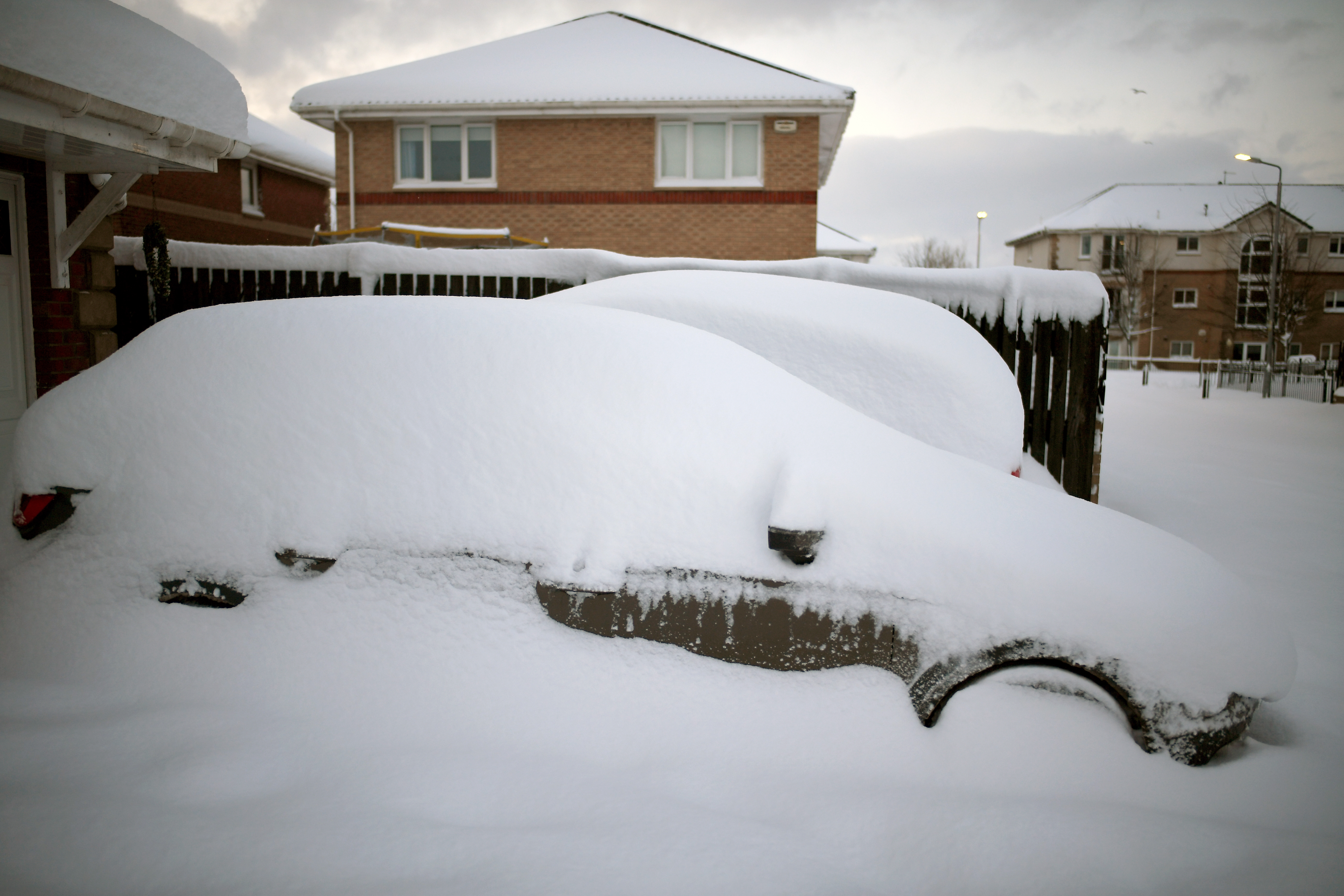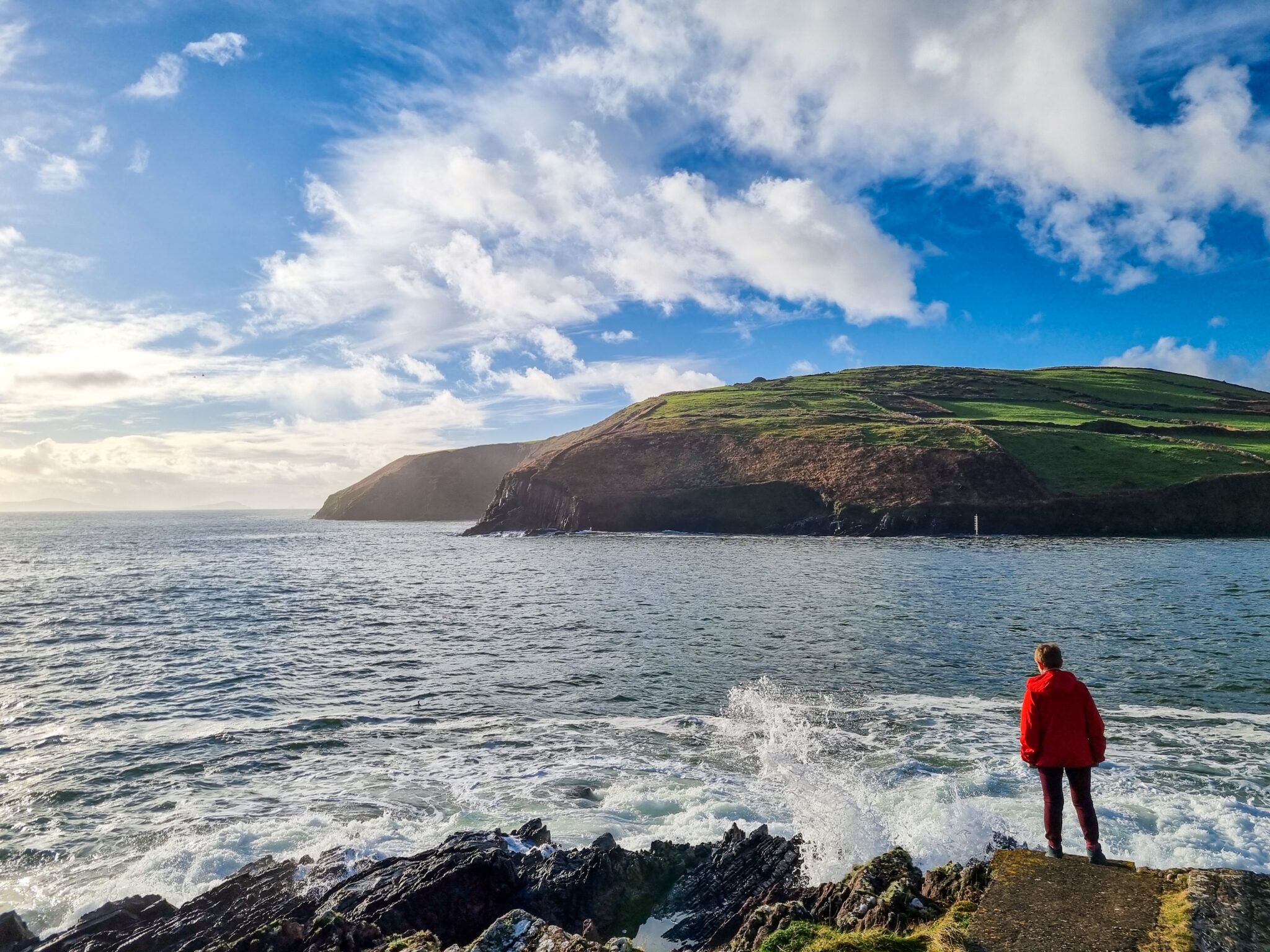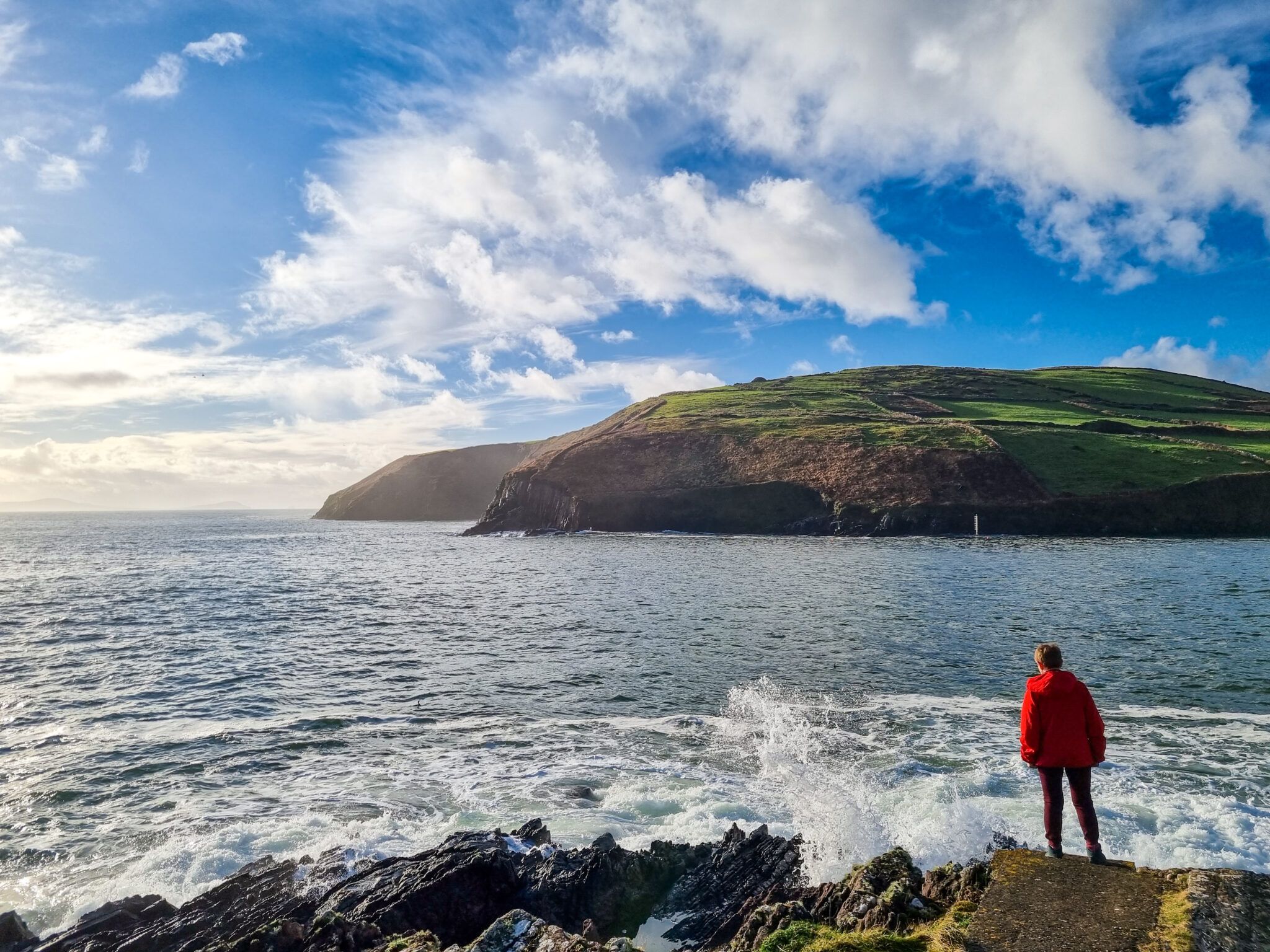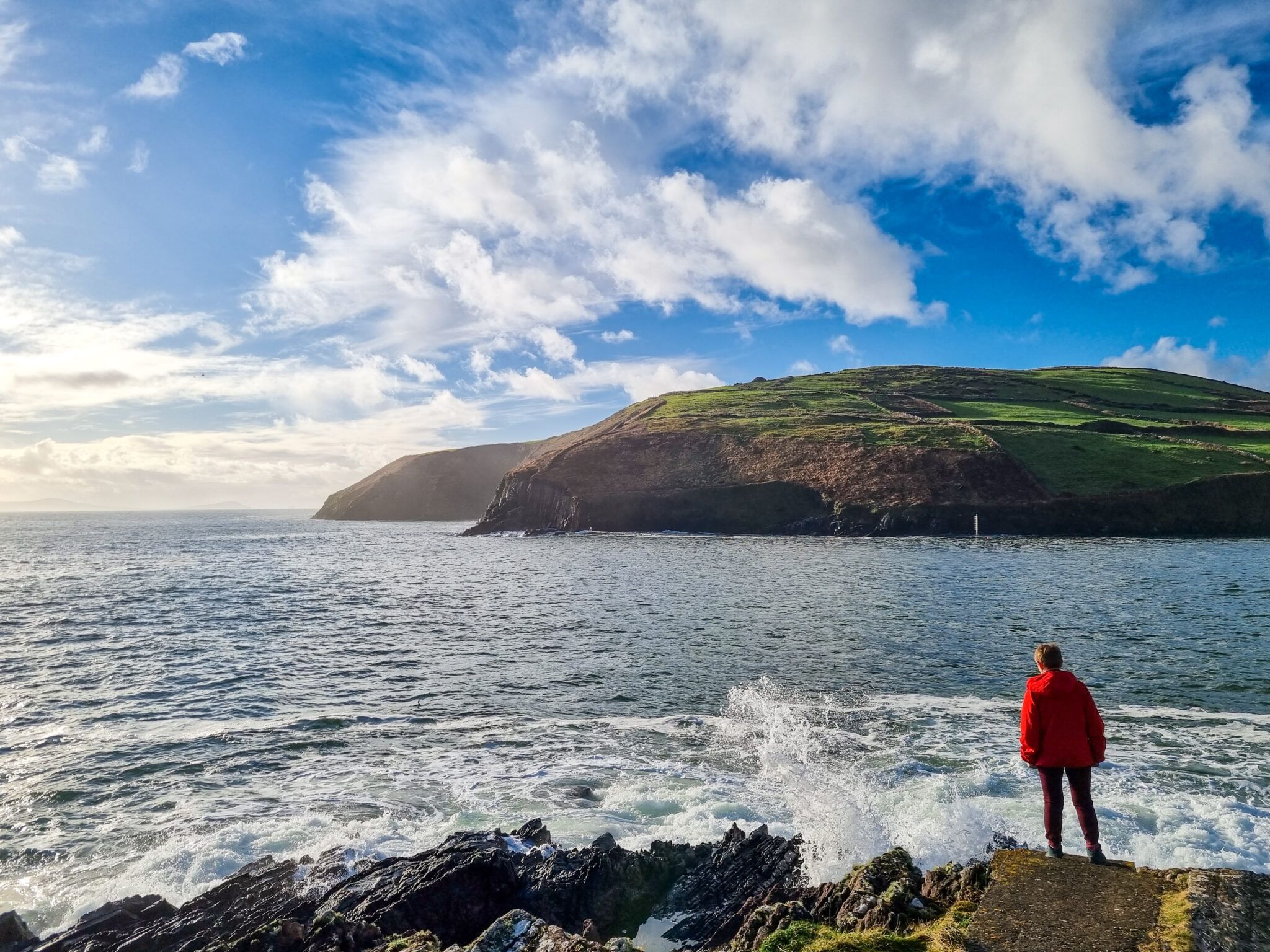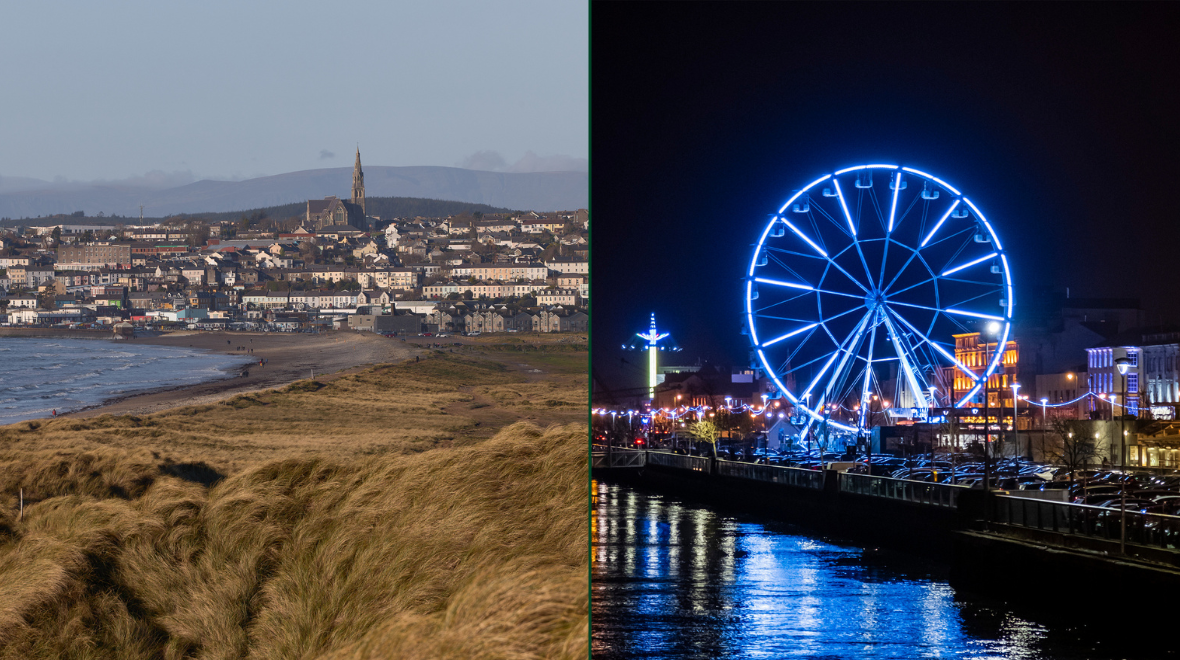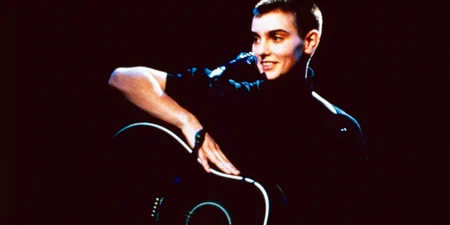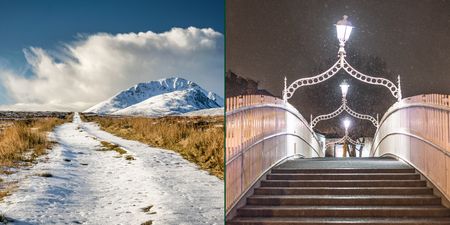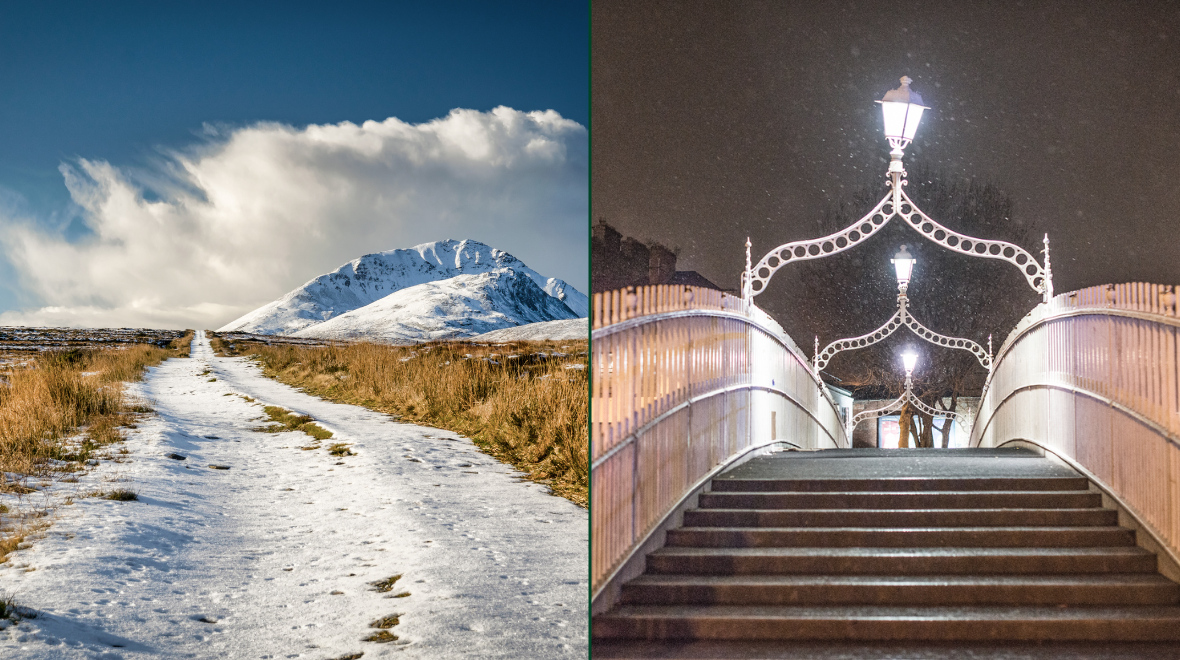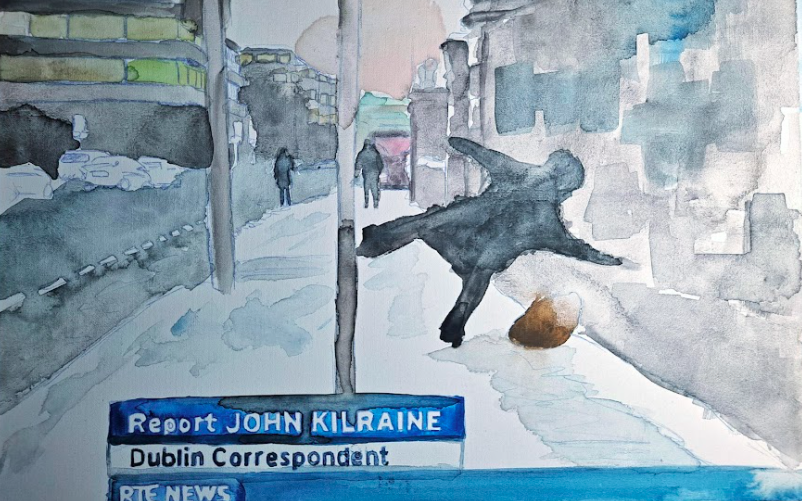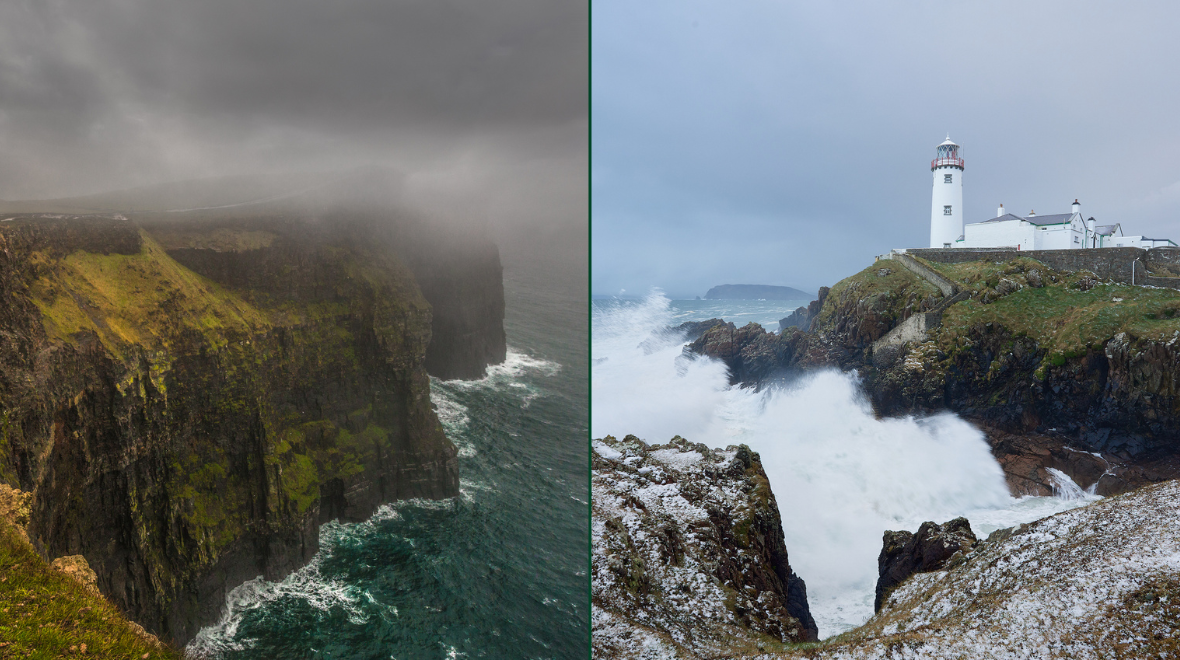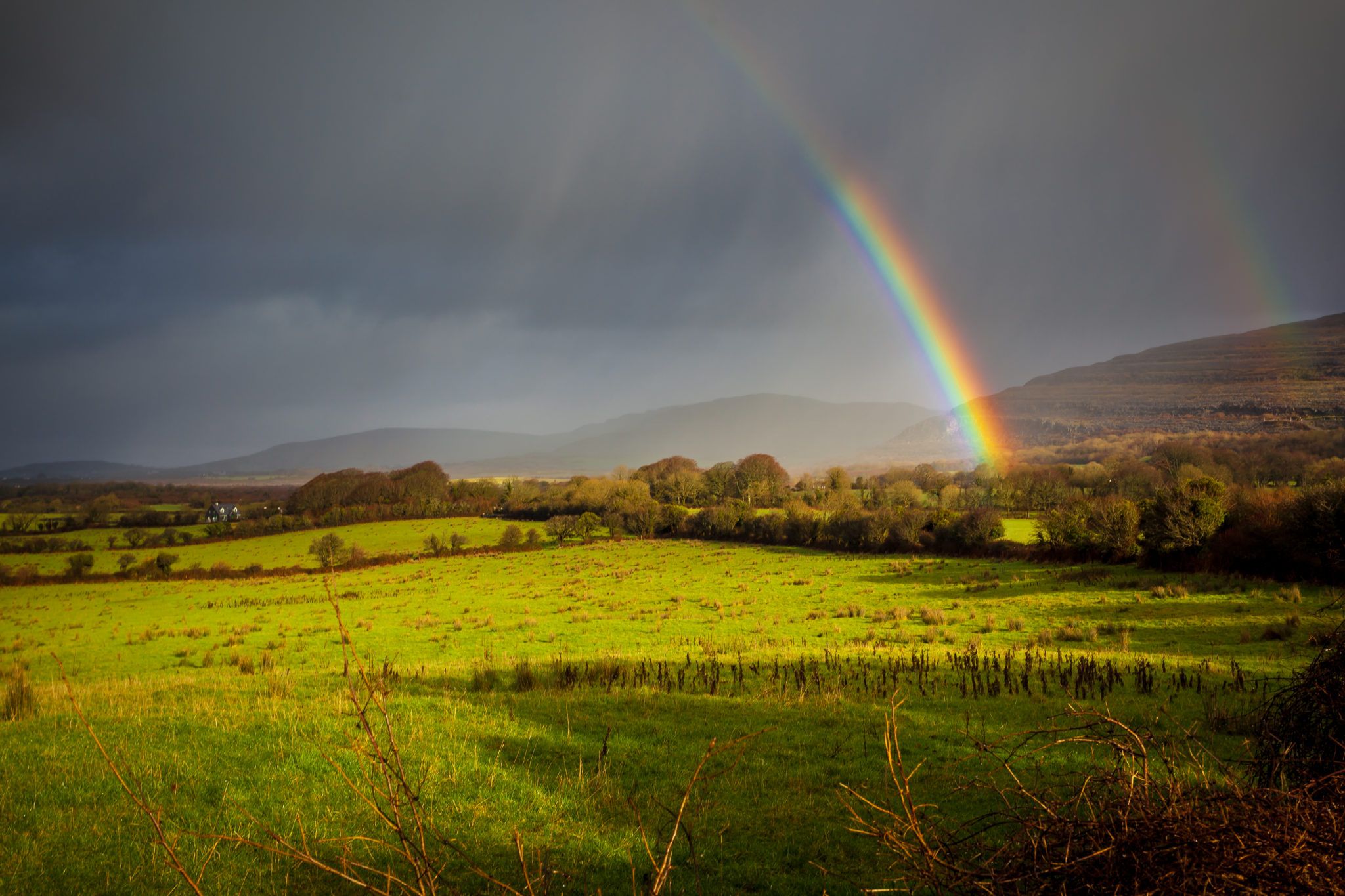Please no, we simply aren’t built for it.
On Monday, it was reported that the weather phenomenon that caused the Beast from the East in 2018 will return in November and stay into the new year. The beast led to weeks of freezing temperatures, heavy snow, and heavy winds.
Exacta Weather forecaster James Madden told the Mirror that there is a “medium-high risk for an early SSW (sudden stratospheric warming) from in and around mid-November onwards this year”. However, he added that it could take “a number of weeks” before its impact can be seen across the UK and Ireland.
There is an “even greater risk” of a SSW occurring throughout January and February that are “likely to be highly influential on our overall weather patterns in terms of snow and cold.”
In their seasonal outlook for October, November and December, Met Éireann stated:
“The signal from the C3S seasonal models for Ireland during the OND period is for above average temperatures to continue with higher than average rainfall likely across Ireland.“Above average temperatures are very likely for Ireland during the OND period, though the likelihood decreases slightly as the period progresses. Mean temperatures are expected to be between 0.5 and 1.0 °C above average nationwide through each of the months.
“Wetter than normal conditions are likely across Ireland during OND. The sea surface temperatures around Irish coasts and over the Atlantic are expected to remain well above average during OND, trending 0.5 to 2.0°C degrees higher than normal.”
‘It is this change in the jet stream that causes our weather to change’
According to the Met Office, a sudden stratospheric warming refers to what happens in the stratosphere – a rapid warming of up to 50C in a couple of days, between 10km and 50km above the Earth’s surface.
Because it happens so far away, we don’t usually feel the warming, but that affects our weather lower down. The Met Office adds:
“Every year in winter, strong westerly winds circle around the pole high up in the stratosphere. This is called the stratospheric polar vortex and it circulates around cold air high over the Arctic. In some years, the winds in the polar vortex temporarily weaken, or even reverse to flow from east to west.
“The cold air then descends very rapidly in the polar vortex and this causes the temperature in the stratosphere to rise very rapidly, as much as 50°C over only a few days; hence the term sudden stratospheric warming. As the cold air from high up in the stratosphere disperses, it can affect the shape of the jet stream as the cold air sinks from the stratosphere into the troposphere. It is this change in the jet stream that causes our weather to change.”
The change in the jet stream can cause it to “snake” more, creating an area of what is called “blocking high pressure” over the North Atlantic and Scandinavia, The Mirror reported.
The event stops other weather systems from moving past it, and results in the UK experiencing extended periods of low temperatures. And, in some cases, huge downpours of snow.
Madden told the Daily Star the weather phenomenon does not mean it will snow throughout that entire period, but suggested at least one or two SSW events are due this winter.But before the snow returns, the unseasonably warm weather is set to continue with temperates set to hit 25C in the coming days.
Similar temperatures are expected for mid-October.
This article originally appeared on JOE UK
Header image via Getty
READ ON:
– Grá ar an Trá Episode 2: Tears, Ghost-style pottery, and the first dumping
– Barbie, Ken, and Elon Musk: The 20 most popular Halloween costumes for 2023
– You can now stay in a Harry Potter airbnb inspired by the Quidditch World Cup tent

